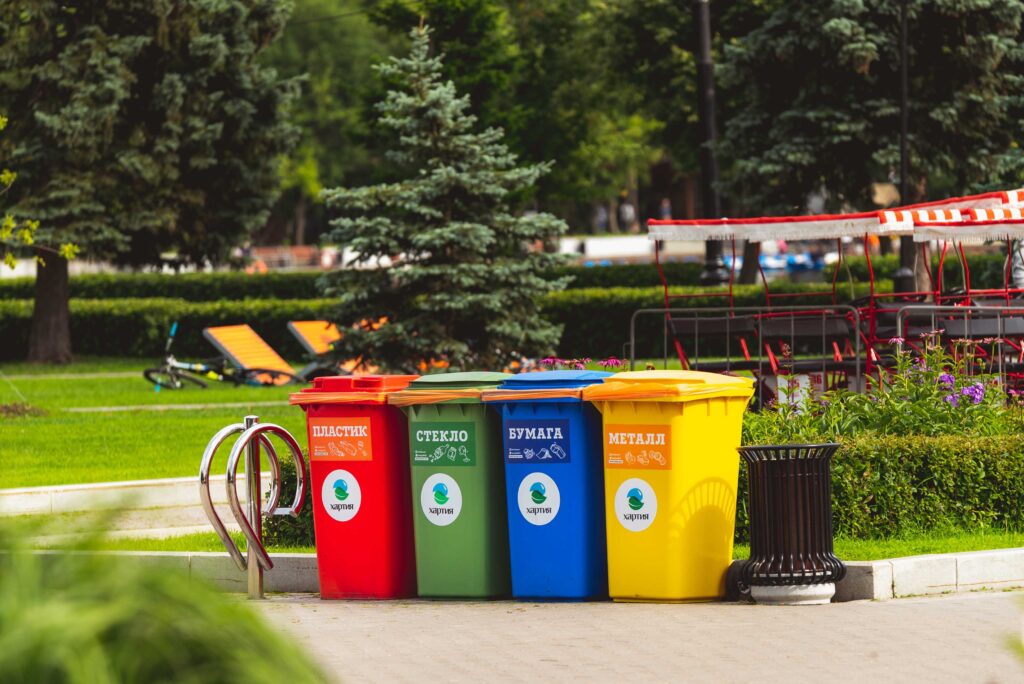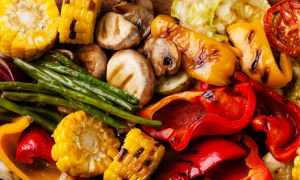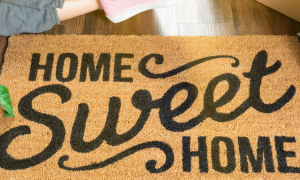The following is a guest post by Elizabeth Raw
Planning a sustainable event takes a lot of careful consideration – after all, as a famous puppet said some years ago, “It’s not easy being green”.
That’s why, in today’s post, we’re outlining some ways to make your open house more sustainable so that you can make the biggest impact with your event. From ditching paper flyers to locally sourcing your food and drinks, we’ll leave you with actionable advice which will help you minimize your carbon footprint.
Go paperless
With recent advancements in digital technology, businesses are becoming reliant on electronic communication – which is great news for reducing your carbon footprint. However, when it comes to producing flyers, it’s tempting to opt for a printed copy. Going paperless, on the other hand, could save time while also reducing waste.
One of the easiest ways to go paperless is offering an online subscription to your event, then distributing any additional copy using email to a list generated by your online subscription provider. Not only does email offer faster communication, but it also means you won’t need to worry about everyone picking up a flyer at the end of the event, as you can rest in the peace of mind that all invitees have received an email which contains the important details.
If email seems slightly old school, consider sending a text message memo which offers the capacity for its recipients to add an event to their calendar. This is a great way to secure some additional guests who may have previously forgotten the event while still minimizing your paper use.
Consider your catering
Offering some delicious food and drink is a tasty way to appease potential buyers and encourage them to spend more time at the open house. While it may be more convenient to head to your local supermarket, choosing organic, locally produced food with high-quality eco-friendly packaging will be much kinder to the environment and is an efficient way to reduce transport emissions.
When it comes to the end of your event, you may be left with some excess food. To make your event more sustainable, consider donating your leftovers rather than binning it alongside general waste. According to the USDA’s report, more than 37 million people in the US currently struggle with hunger. To combat food insecurity, take leftovers to food banks or hunger relief organizations rather than opting for general waste disposal.
Go plastic-free
Going plastic-free could be easier than you had initially imagined. For example, an easy way to cut down on your plastic waste at your next open house event is by offering reusable items – from cups to straws and plates, using reusable items will help to reduce pressure on recycling systems and could even reduce the clean-up time after your event.
Alternatives include biodegradable paper cups and straws which can be disposed of in recycling bins. To ensure your guests utilize recycling disposal effectively, create a plan for signage and communication which clearly shows how attendees should dispose of their items. You could even create social media content in the lead up to the event so that guests are aware of your sustainable practices before attending – which, with some clever marketing, could even serve to maximize your list of attendees.
Organize waste management
It goes without saying that the best way to manage waste is to limit the amount of waste coming into your venue. However, this can be difficult and incredibly time-consuming – which isn’t efficient if time isn’t on your side.
Alternatively, making it as easy as possible for visitors to dispose of their waste eco-consciously is the most effective way to make your open house event more sustainable. Providing separate bins for recycling is the best way to encourage your guests to dispose of their waste correctly, alongside clear signage and choosing reusable items where possible. We recommend separating your waste into plastics, paper, cardboard and glass to ensure that all items are recycled and disposed of sustainably. Bins should be placed in all areas, such as the front of house and back of the house, as well as inside to limit excess waste on-site.
Promote environmental travel
Another proven way to reduce your carbon footprint is organizing sustainable travel. Getting people to and from the event is easy to integrate into your planning process – it could be as simple as suggesting that people walk or cycle to the event by highlighting routes from popular areas on email communication flyers. Alternatively, if you have the budget, as a company you could offer a car share from the realtor’s office to the open house. Put simply, it’s all about discouraging single car use and promoting eco-friendlier options.

When it comes to hosting a sustainable open house event, it’s essential that you plan thoroughly to make it as easy as possible for both you and your attendees to act and think eco-consciously. This way, you’ll be able to host an environmentally friendly event from start to finish, lowering your carbon footprint and managing your waste effectively.
Elizabeth Raw works for R+R Packaging, providers of biodegradable and eco-friendly packaging materials for businesses within a wide variety of industries.






